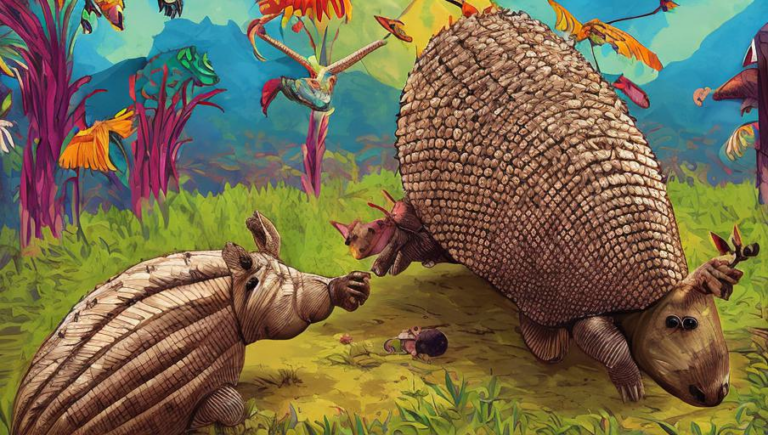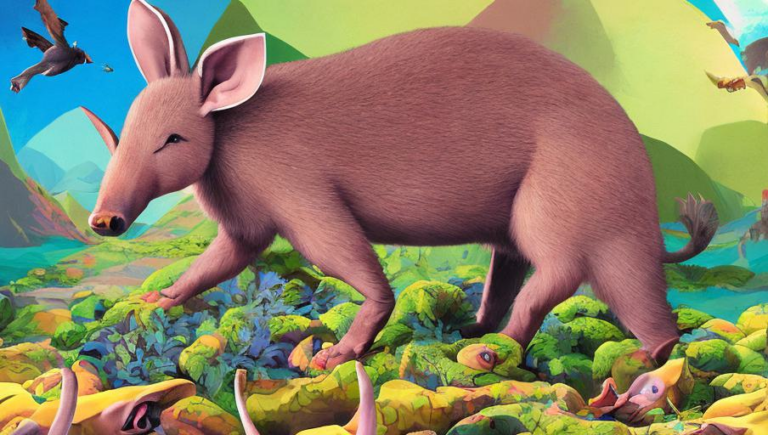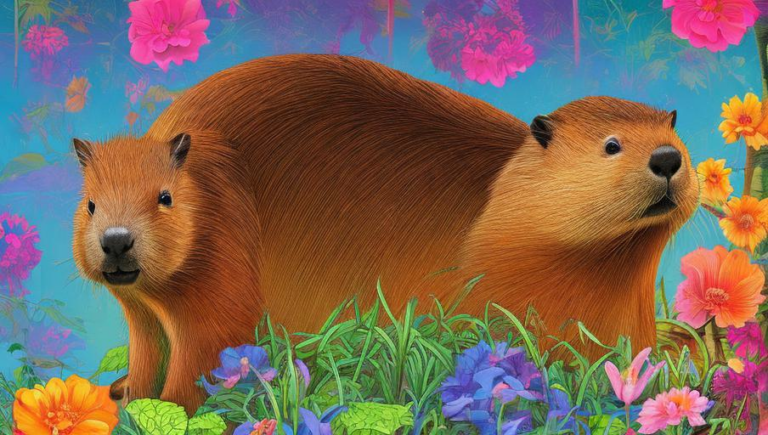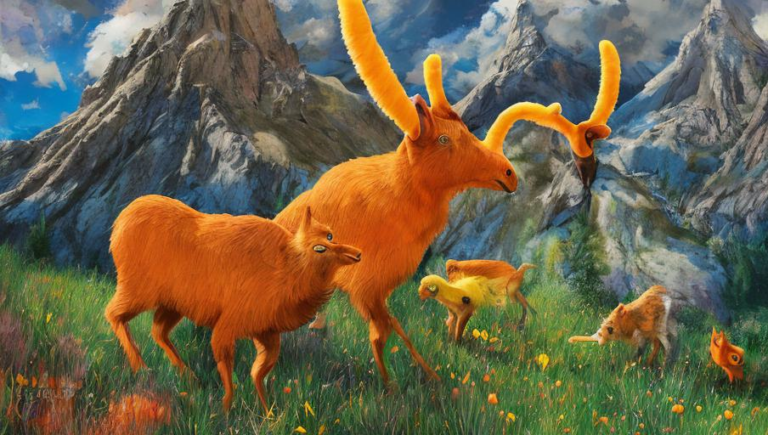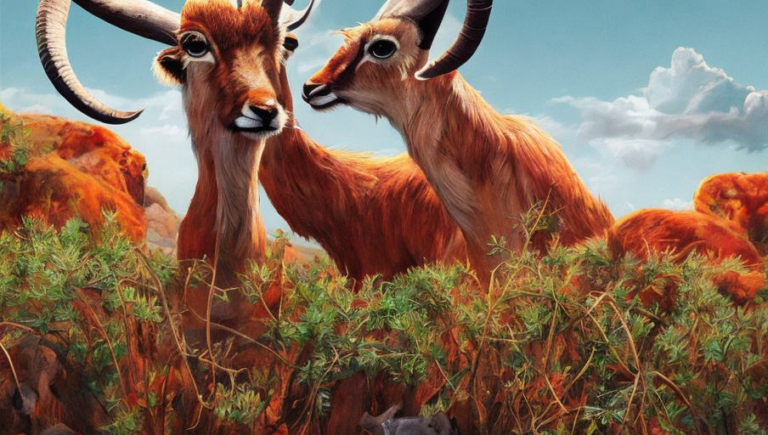Diverse Threats to Bear Populations
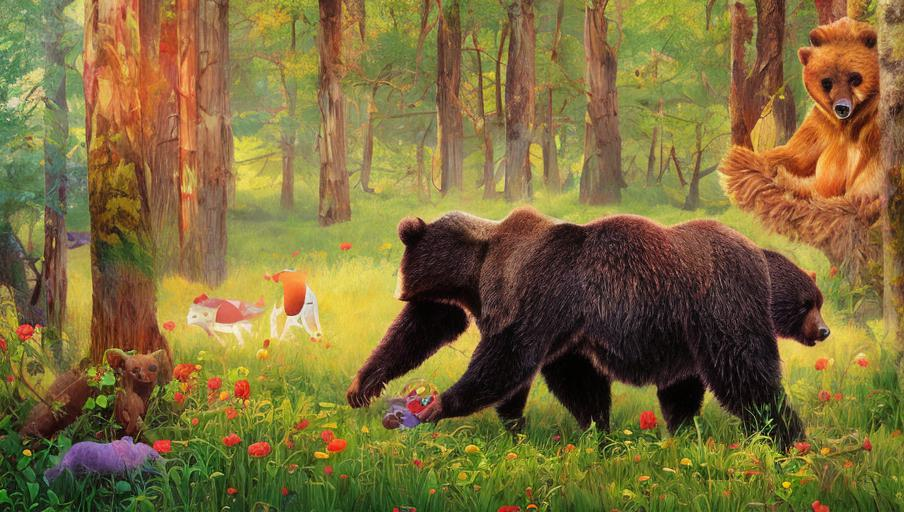
Introduction
Bears are majestic, powerful animals found in many parts of the world. They exhibit a wide range of habitats and behaviors, and many species are considered threatened or endangered. Despite their impressive size and strength, bears are facing many threats that are jeopardizing their survival.
Habitat Loss
One of the major threats to bear populations is habitat loss. Bears rely on a variety of habitats, from forests to high mountains. As humans continue to encroach on wild areas, these habitats are destroyed, leaving bears without the food, shelter, and space they need to survive. This has had a particularly severe impact on species such as the polar bear, whose habitat is rapidly being destroyed by climate change.
Poaching
Poaching is another major threat to bear populations. Bears are targeted for their fur, meat, and claws, which are used in traditional medicines and other products. In some countries, bear hunting is still legal, and there is a lucrative market for bear products. This has led to an increase in illegal poaching and the decimation of bear populations in some areas.
Human-Bear Conflict
Bears and humans often come into conflict due to the overlap between their habitats. Bears may raid crops or scavenge for food in human settlements, leading to conflict. Bears may also be hunted or killed as a result of this conflict, further reducing their numbers. In areas where bears and humans coexist, education programs are being implemented to teach people how to coexist with bears.
Climate Change
Climate change is a major problem for all species, including bears. As temperatures rise, their habitats are changing, making it harder for them to find food and shelter. In addition, the longer and more intense droughts caused by climate change can reduce food sources, leading to malnutrition and death in bear populations.
Conclusion
Bears are facing a number of threats that are putting their populations at risk. Habitat loss, poaching, human-bear conflict, and climate change are all contributing to the decline of bear populations around the world. It is important for governments, conservationists, and individuals to work together to protect bear populations and ensure their survival for generations to come.
